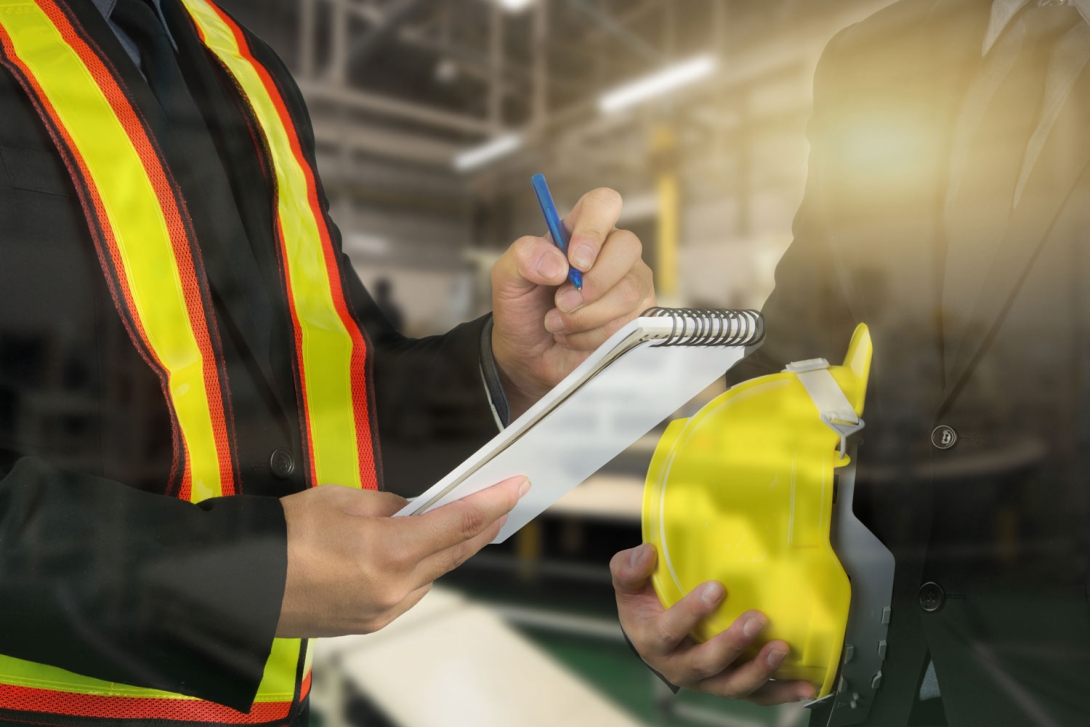
After the transition from PPG to Nippon Electric Glass it was clear that the health and safety performance of the Wigan site had started to stagnate. To get more people involved in everyday health and safety, the near miss reporting initiative was rebranded.
All employees were challenged to submit one report a month of a near miss, unsafe act or unsafe condition, known as a hazard spot, with the intention of empowering all employees to identify safety concerns and near misses and to report them.
To help the uptake of the new initiative, the near miss reporting was rebranded as Hiyari Hatto, meaning near miss in Japanese. Communications on notice boards, monthly newsletters, digital signage and group discussions informed employees prior to the launch of the new scheme. Those who had access to a computer were able to log their concerns online, while those who did not were able to submit their report in the Hiyari Hatto post boxes, which were collected by security and added to the log.
Up to now the uptake across employees has been 50%, but the company is hopeful that this will continue to rise as feedback from the initiative has been very positive.
Phil Eccles, Environmental health and safety manager at Electric Glass Fiber said:
ʺNear miss reporting is an important part of our safety programme in trying to reduce the number of accidents on site. To improve the level of near miss reporting by our shop floor employees, we are now using a safety walk and talk (SWAT) process where managers and supervisors tour different work areas to identify unsafe acts or conditions, which serves to help educate employees as well as identify hazards”
Holly Feeney, Environmental health and safety officer said:
“rebranding near miss reporting and promoting the initiative across the plant has been a great means to get everyone involved in taking ownership of themselves and others safety on site, which is key to creating a safe working environment”